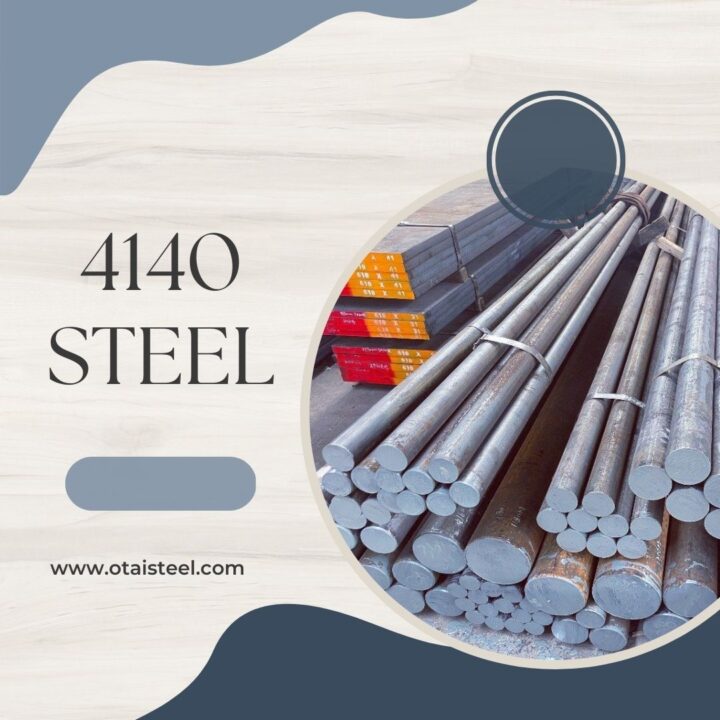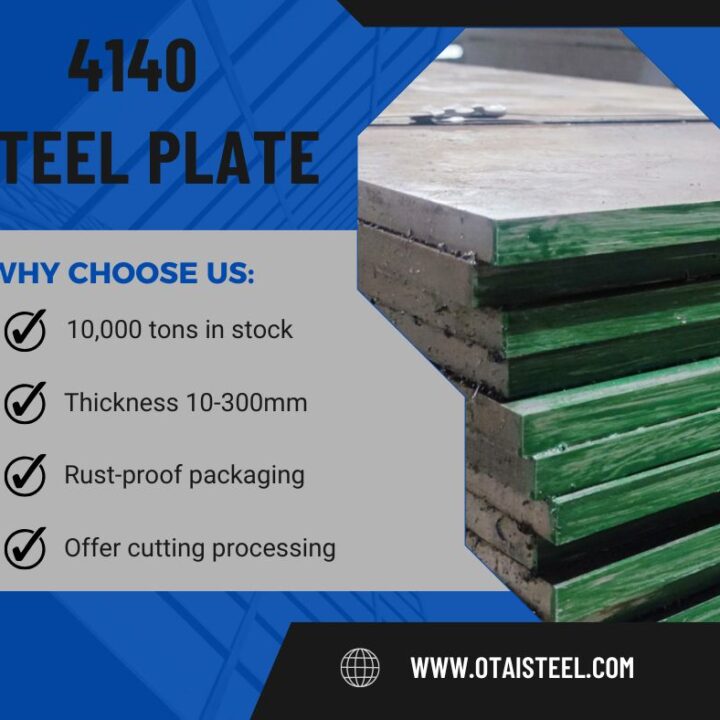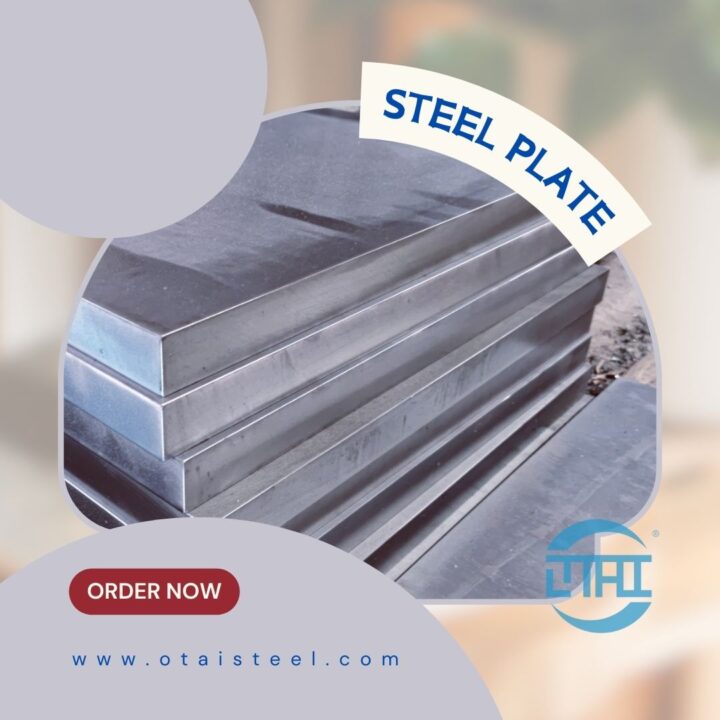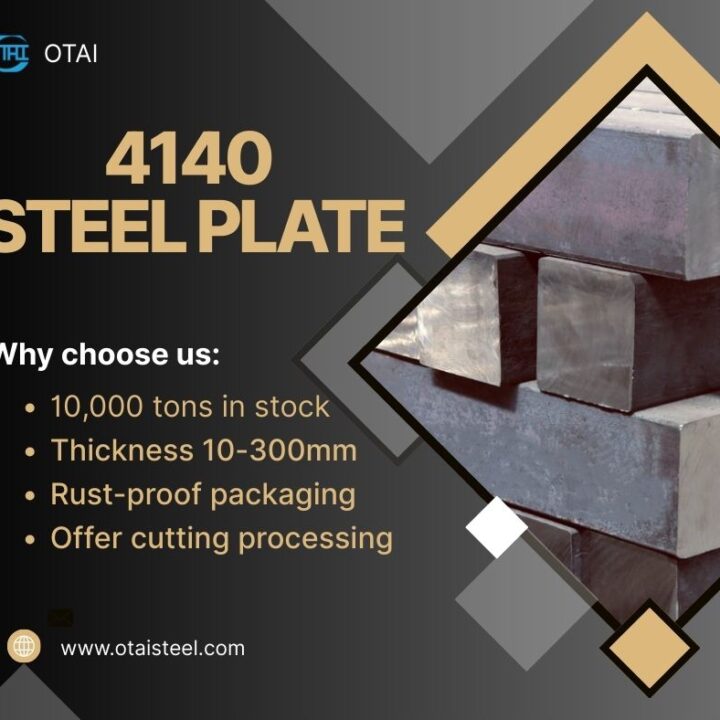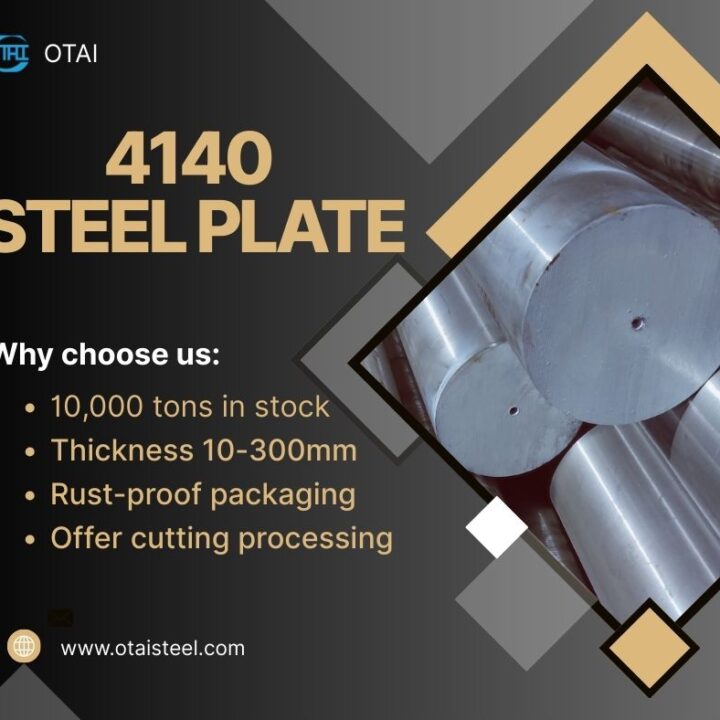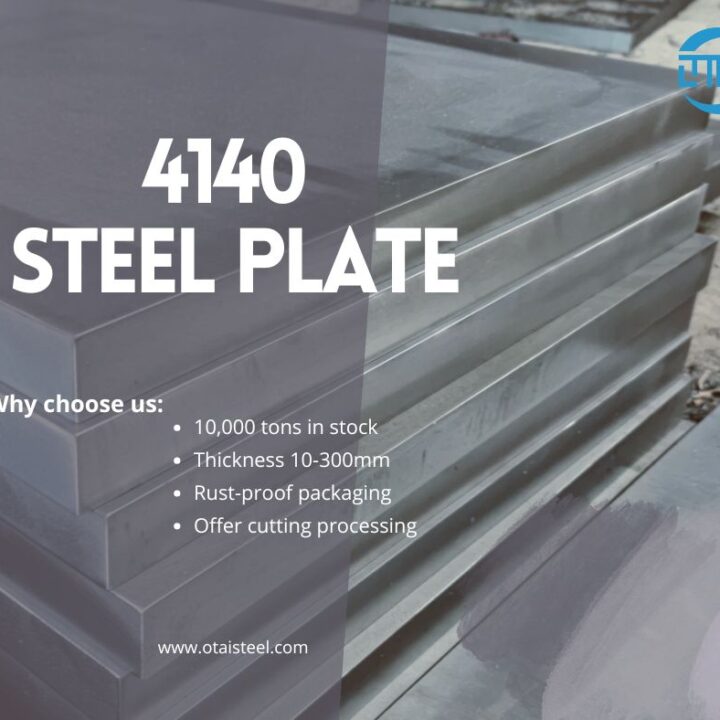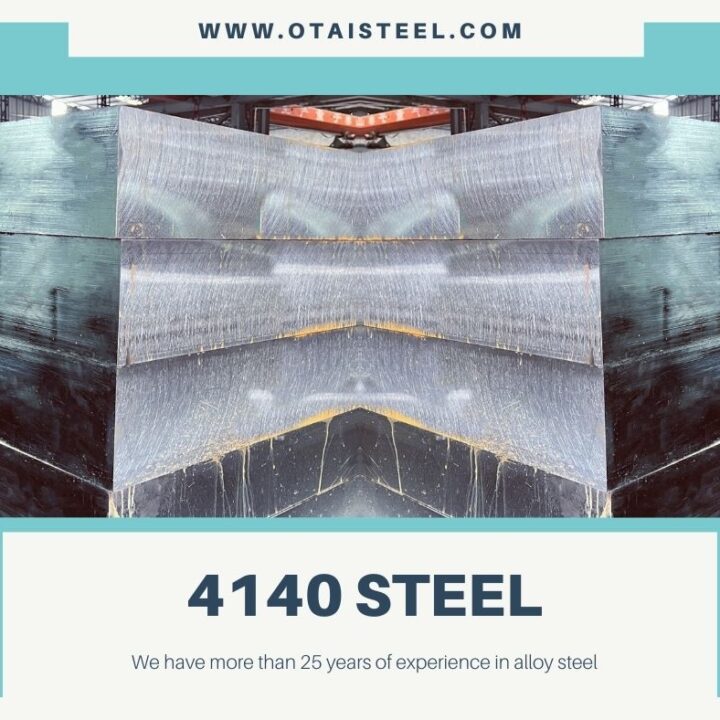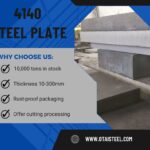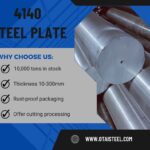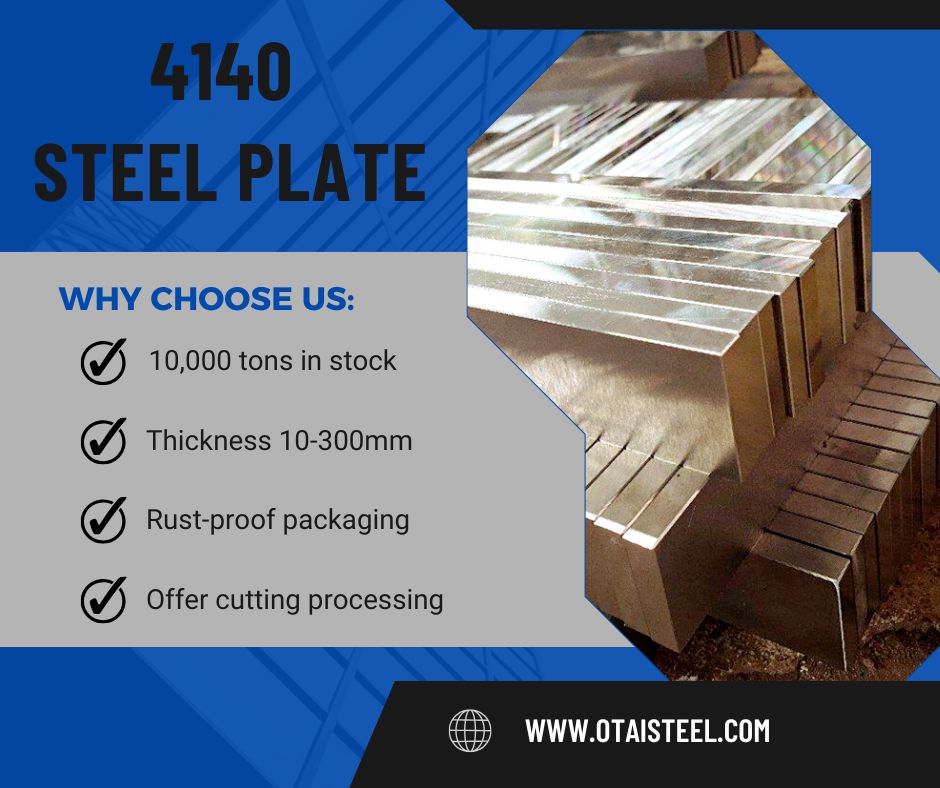 Understanding the best heat treatment for 4140 steel
Understanding the best heat treatment for 4140 steel
When it comes to engineering materials, 4140 steel is a favorite among machinists, engineers, and manufacturers worldwide. But the real magic happens when you heat treat 4140 steel — unlocking its maximum strength, toughness, and wear resistance. If you’re working on gears, shafts, axles, or high-stress components, understanding the best heat treatment for 4140 steel can make the difference between an average part and a high-performance one.
In this guide, we’ll break down Heat Treating 4140 alloy Steel, covering processes, temperatures, benefits, and practical tips.
🌟 What Makes 4140 Steel Special?
4140 steel is a chromium-molybdenum alloy steel with a balance of hardness and ductility. In its annealed condition, it’s machinable, but once heat treated, it becomes incredibly strong.
Chemical Composition of 4140 Steel (Typical %):
| Element | Percentage (%) |
|---|---|
| Carbon (C) | 0.38 – 0.43 |
| Chromium (Cr) | 0.80 – 1.10 |
| Molybdenum (Mo) | 0.15 – 0.25 |
| Manganese (Mn) | 0.75 – 1.00 |
| Silicon (Si) | 0.15 – 0.35 |
| Sulfur (S) | ≤ 0.040 |
| Phosphorus (P) | ≤ 0.035 |
🔥 Why Heat Treat 4140 Steel?
Heat treating changes the steel’s internal microstructure, improving properties like:
-
Increased tensile strength
-
Higher fatigue resistance
-
Better wear resistance
-
Improved dimensional stability
For example, 4140 steel quenching and tempering can take hardness from ~20 HRC in the annealed state up to 50+ HRC, depending on the exact process.
⚙️ Main Heat Treatment Methods for 4140 Steel
1️⃣ Annealing (Softening for Machining)
Before hardening, some users anneal 4140 alloy steel to make it easier to machine.
-
Temperature: 800–850°C (1472–1562°F)
-
Slow furnace cooling to 480°C (896°F) then air cool.
-
Results in ~200 Brinell hardness.
2️⃣ Normalizing
Used to refine grain size and prepare for hardening.
-
Temperature: 870–900°C (1598–1652°F)
-
Air cooling.
-
Produces uniform microstructure for consistent hardening.
3️⃣ Quenching & Tempering (Q&T)
The most common heat treatment for 4140 steel when strength and wear resistance are required.
-
Quenching: Heat to 840–875°C (1544–1607°F), then oil quench.
-
Tempering: Reheat to 200–650°C (392–1202°F) depending on hardness requirements.
Tempering Temperature vs. Hardness for 4140 Steel:
| Tempering Temp (°C) | Approx. Hardness (HRC) |
|---|---|
| 200 | 50–55 |
| 400 | 38–42 |
| 600 | 28–32 |
4️⃣ Nitriding (Surface Hardening)
If you need extreme surface wear resistance, nitriding is a great option.
-
Conducted at 500–550°C (932–1022°F) without quenching.
-
Produces a hard surface (~60–65 HRC) while maintaining a tough core.
🛠 Practical Tips for Heat Treating 4140 Steel
-
Preheat before quenching — reduces thermal shock.
-
Avoid overheating — grain growth reduces toughness.
-
Choose oil quench over water quench — reduces risk of cracking.
-
Always temper after hardening — untempered martensite is brittle.
-
Consider part geometry — thick sections cool slower, affecting hardness.
📦 Applications That Rely on Heat Treated 4140 Steel
-
Heavy-duty crankshafts and camshafts
-
Gears for mining and construction equipment
-
Tool holders in CNC machining
-
Axles for heavy vehicles
-
Hydraulic cylinder shafts
These applications often require high-strength 4140 steel to handle repeated stress without failure.
🏆 Company Advantages – Why Choose Otai Special Steel?
-
Massive Inventory – Over 10,000 tons of 4140 steel in stock, thickness from 6mm to 300mm.
-
Custom Heat Treatment Services – Quenching, tempering, annealing, nitriding, tailored to your specs.
-
Quality Assurance – Ultrasonic testing, chemical composition analysis, third-party inspections (SGS).
-
Global Reputation – Trusted by industry leaders like Thyssenkrupp, Borealis, Schlumberger.
-
Fast Delivery – Stable supply chain and efficient logistics to meet urgent deadlines.
❓ FAQ
Q1: What’s the maximum hardness after heat treating 4140 steel?
A: With oil quenching and low-temperature tempering (~200°C), it can reach 50–55 HRC.
Q2: Can 4140 steel be water quenched?
A: Technically yes, but it’s risky — water quenching can cause cracking due to rapid cooling.
Q3: Is heat treated 4140 steel still machinable?
A: In high hardness states, machinability is poor; machining is best done in the annealed state before heat treating.
Q4: What’s the difference between 4140 and 42CrMo?
A: They are chemically similar; 42CrMo is the Chinese GB equivalent of 4140.
Q5: Can you weld heat treated 4140 steel?
A: Yes, but it requires preheating and post-weld heat treatment to avoid cracking.

